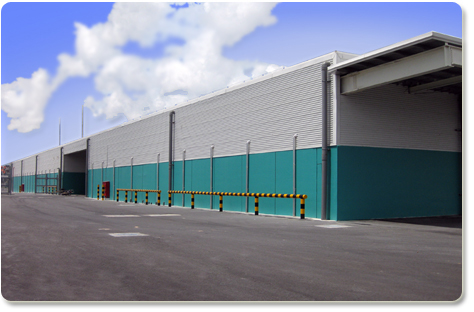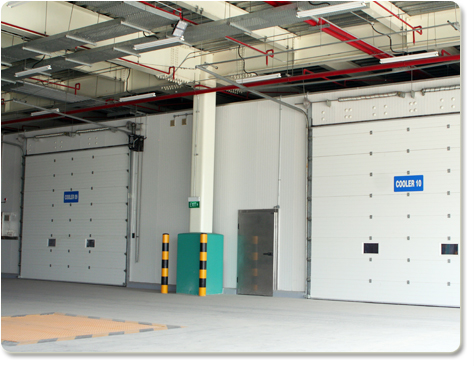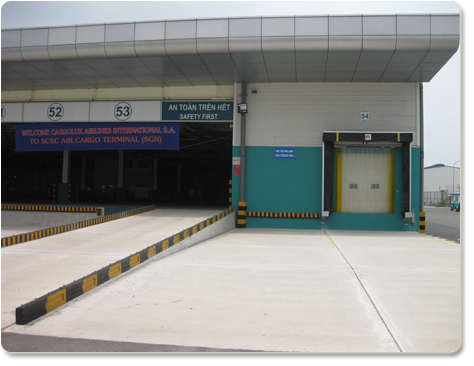|
SCSC Perishable Center is adopting the IT Temperature Monitor System. It is designed to meet the needs for maintaining a controlled temperature environment on the perishable goods journey from grower to retail outlets. Hours spent in a substandard distribution warehouse may directly impact the available shelf life of the perishable product. Wholesalers on the other hand who can assure retailers that products are appropriately stored under controlled temperature conditions are far more likely to achieve a higher market price for their perishable product, as the retailer command a longer shelf life for the product and routinely face less spillage.
SCSC Perishable Center is available for a range of diversified perishable goods. Seafood, flowers, apples, pears, peaches, plums and other fruits, as well as lettuce and other short life vegetables, are all great examples of perishables goods that benefit significantly from an IT temperature monitoring system.
Applications alert persons, phones, pagers, management applications or alarm companies to any event that occurs which is out of the norm.

SCSC
Perishable Center: Handling area is 1600 square meters, ULDs storage is 390 square meters.
Perishable Center with total 10 cool cells controlled by IT system in adjustable temperatures per requirement:
-
Cool and cold storage : +15C to +25C; +8C to +12C; +2C to + 8C, -OC to - 5C
-
Freezer environment : -18C to -21C (for frozen cargo)
Monitoring temperatures in this environment typically
involves the following:
- Monitoring a Compressor
- Monitoring Condenser
Temperatures
- Monitoring Air Handler Temperatures
- Monitoring Temperature in
Various Warehouse Locations
- Ambient Outdoor Temperatures
- Monitoring Adjacent
Room Temperatures
Purchase Justification:

1. Cost avoidance: Retailers customarily insist on assurances that goods are fresh and have an acceptable shelf life allowing the retailer to maintain a competitive retail price for his perishable produce.
2. Better control of goods and inventory translates into less loss and fewer environmental issues.
3. Differentiation to customers: Customers are prepared to pay a mark-up for the value of fresh quality foods.
4. Preventative measures: Working with proven technology, is a good risk management strategy, know in advance of any potential risks of loss before it occurs and take appropriate action to prevent losses being realized.
Typical Customers:
Typical customers are typically perishable goods warehouses where the temperature environment may have a dramatic impact on the product quality, durability and freshness. Warehouses that can provide web access to their customers typically enjoy greater value for their products from the available markets.

|